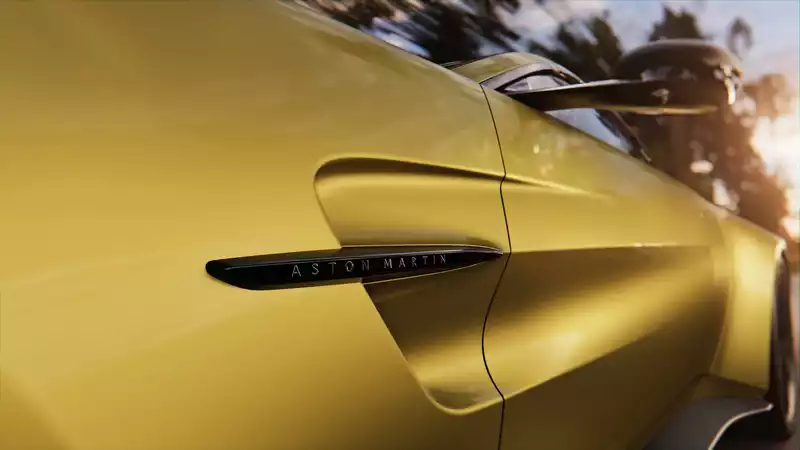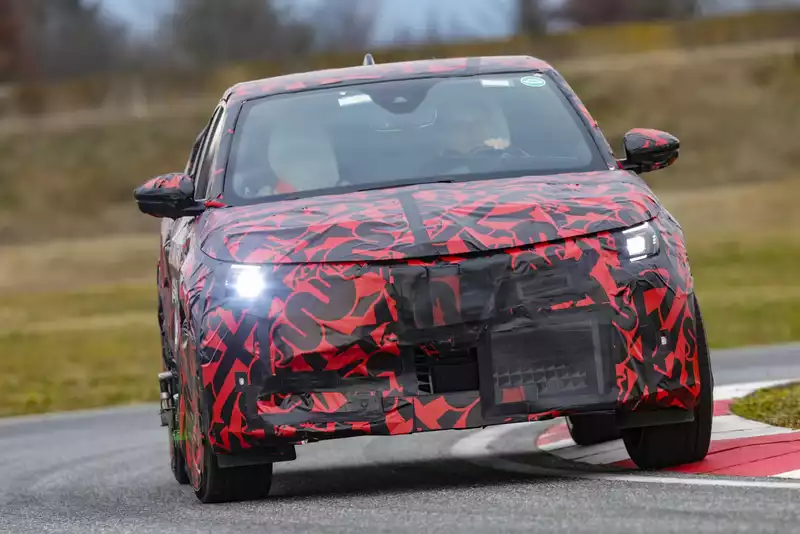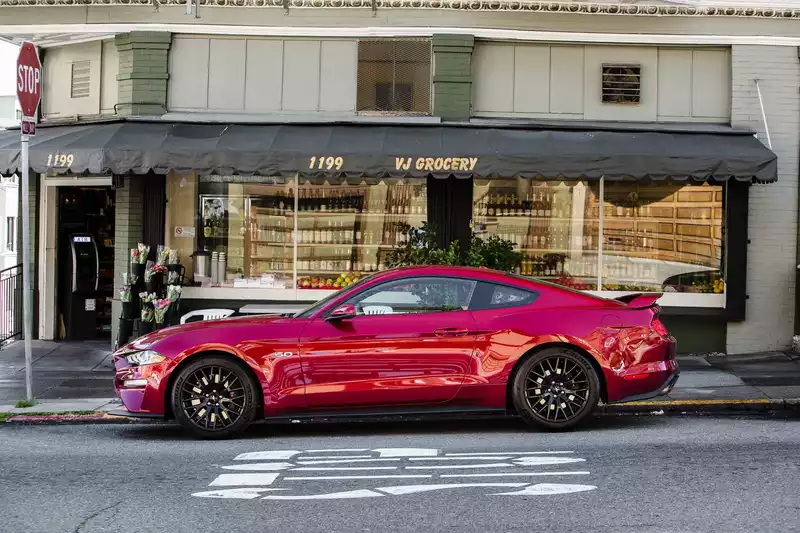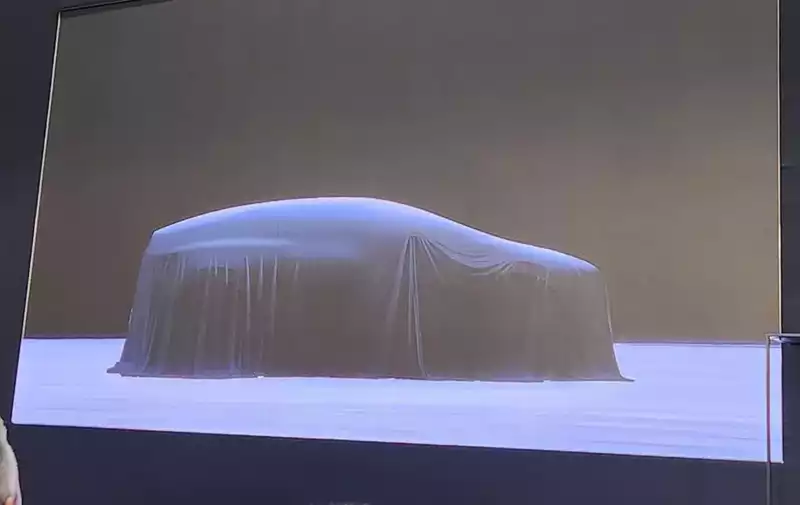Why engines have direct and port injection

All new cars sold in the United States today use fuel injection, but not all fuel injection systems are the same. Some vehicles use piston injection, while others use direct injection. Some vehicles use both. What their advantages are, Jason Fenske of Engineering Explained explains in the attached video.
Fuel injection is a more precise method of delivering fuel to the cylinders than its predecessor, the carburetor. It became widespread in the 1980s due to the development of electronic control systems. From then until the turn of the century, the default method was piston injection, in which fuel was injected into the intake passages. [Direct injection was first used in airplanes, and mechanical injection was first used on the Mercedes-Benz 300SL in the 1950s. However, this technology didn't become mainstream until the 2000s, when tightening fuel economy regulations forced automakers to look for new ways to improve efficiency. Ford's Ecoboost and Mazda's Skyactiv are just two examples of engine families that utilize direct injection. As the name implies, direct injection injects fuel directly into the cylinder's combustion chamber at a much higher pressure than port injection.
Recently, automakers have begun to combine these two methods of fuel injection. For example, Toyota uses the D-4S system in the Tacoma pickup truck and the 86 sports car.
According to Fenske, these systems typically use port injection at low loads and engine speeds and direct injection at higher engine speeds. However, this varies from automaker to automaker, he notes.
Piston injection provides a more stable mixture at low rpm and smoother operation at startup. At higher rpm, direct injection cools the mixture more efficiently, resulting in more power and less chance of knock.
Toyota's D-4S engine operates in a "stratified" mode to improve efficiency and in a "homogeneous" mode to achieve high power. The stratified mode mainly uses batch injection to create different air-fuel mixtures, including a lean mixture to get the engine and catalytic converter up to operating temperature quickly.
Equal mode uses both direct and port injectors to always use the same, richer mixture.
Another reason for using both types of injection is to reduce carbon deposits. Studies have shown that direct injection engines are more prone to carbon deposits than port injection engines, especially on the intake valves. Port injection allows fuel to be flushed from these valves, which reduces fouling.
Click on the video above for more information.





